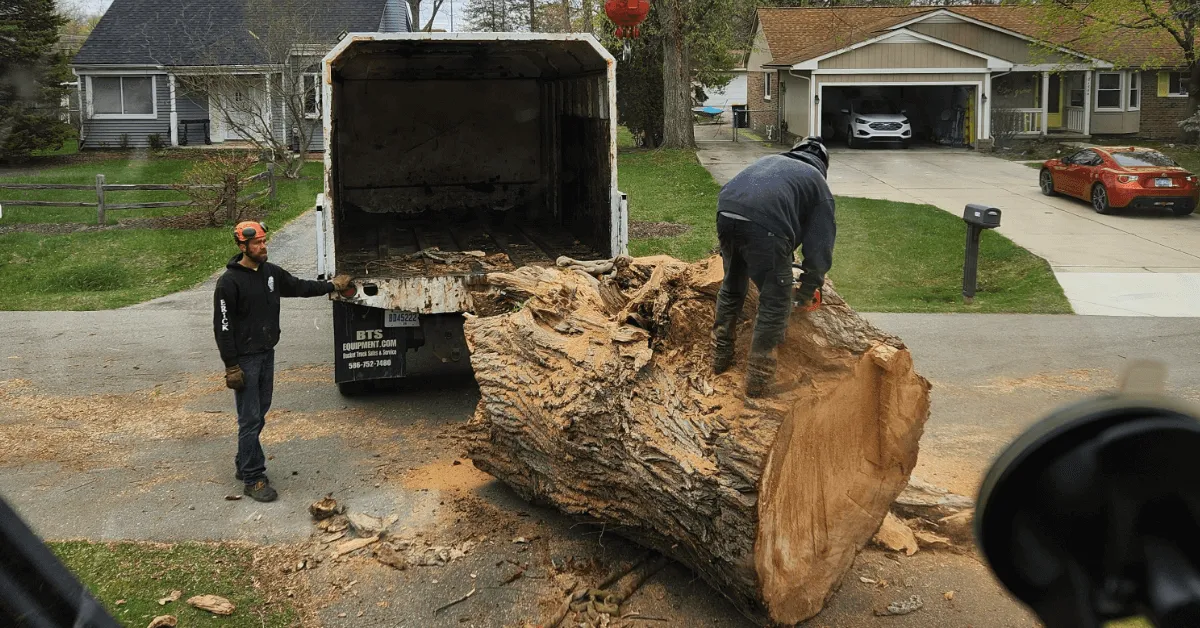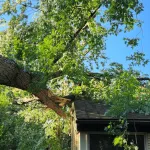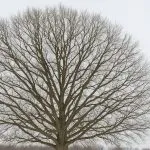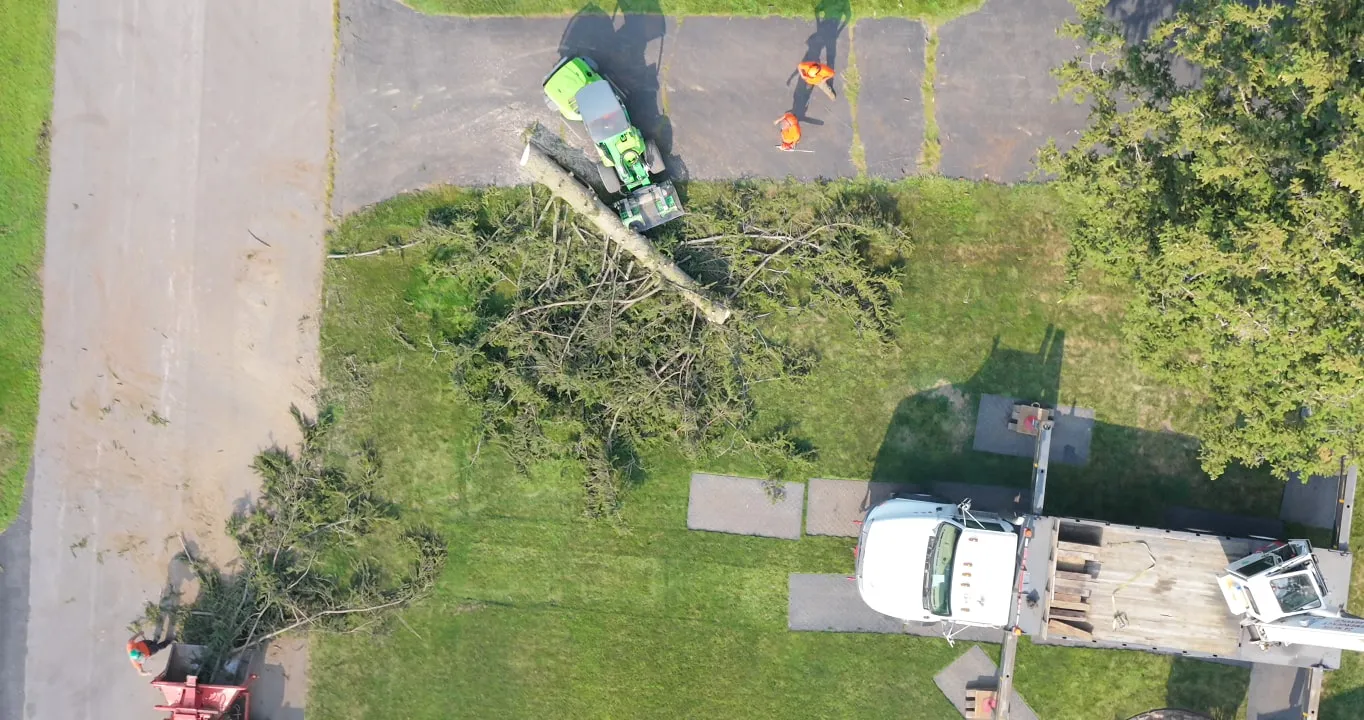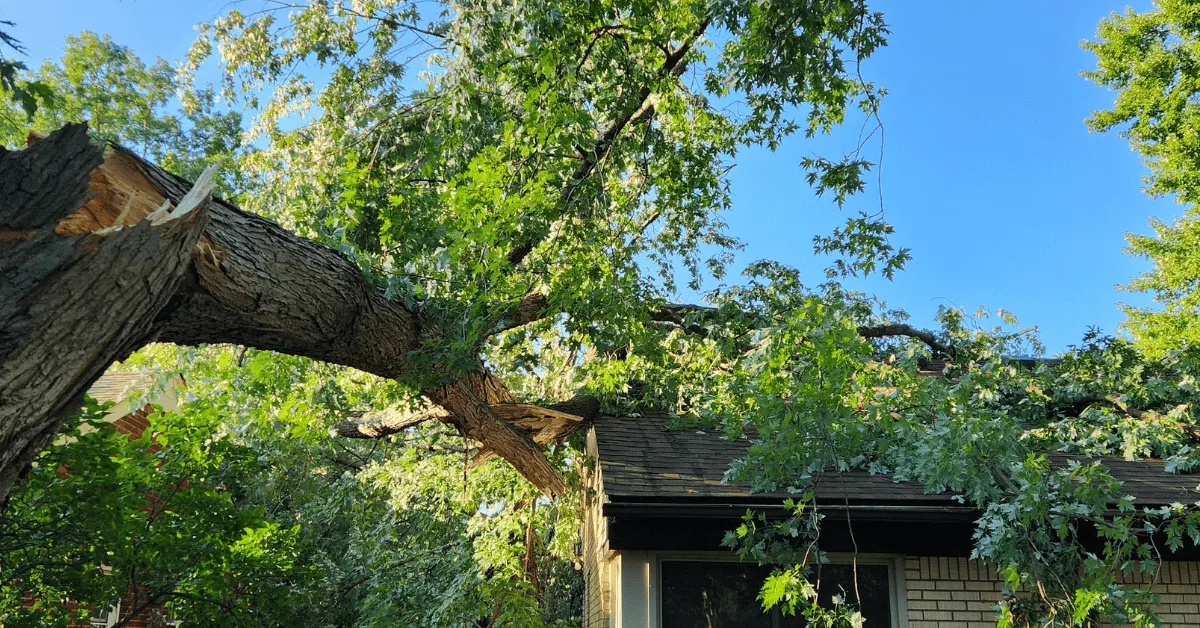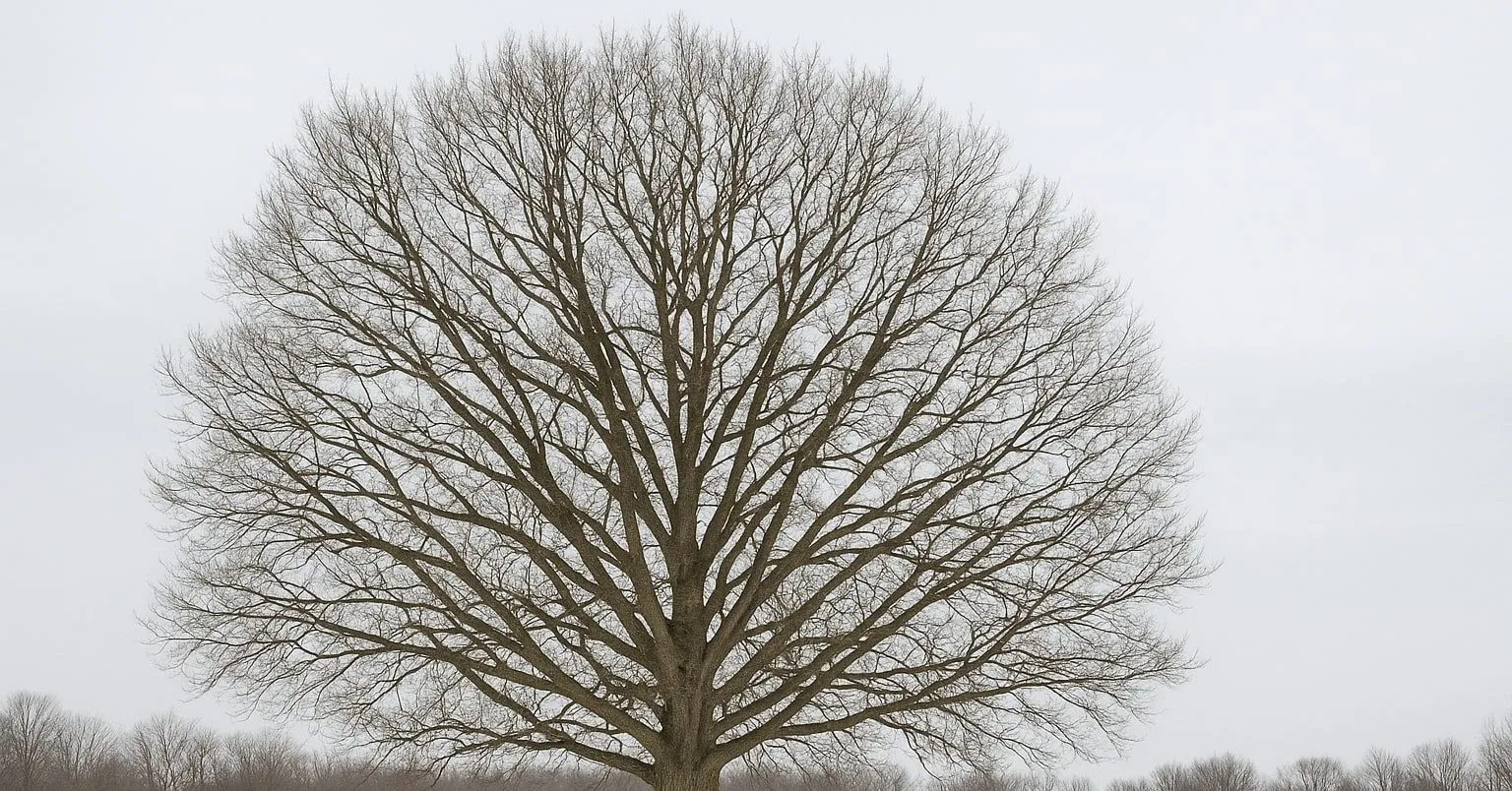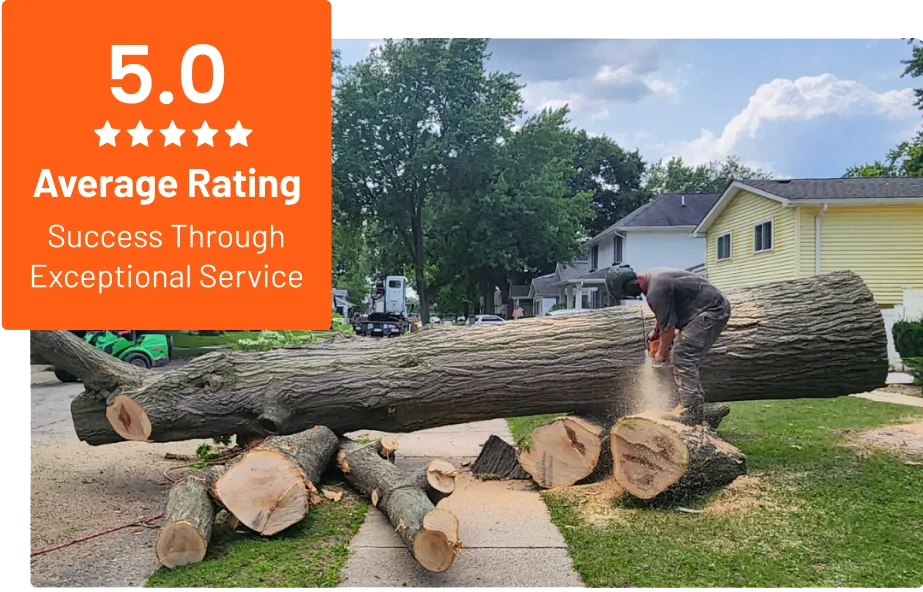If you’re planning to remove a tree in Detroit, you may need a permit, especially if the tree is large, healthy, or near public space. According to the City of Detroit’s tree removal guidelines, permits are required for certain trees based on size, location, and condition. Removing one without following the rules can lead to fines, replanting penalties, and delays.
To make it simple, here’s a quick breakdown:
When Is a Permit Required?
Detroit’s tree removal rules depend mostly on location and size:
- Street trees (in the space between the sidewalk and street) are city-owned. These can only be removed by the City of Detroit.
- Trees on private property typically require a permit if the trunk is 8 inches or more in diameter at chest height (also known as DBH – Diameter at Breast Height).
- If the tree is hazardous, dead, or storm-damaged, removal is allowed without prior approval—but documentation must be submitted afterward.
If you’re unsure, play it safe. Trees near sidewalks, on lot lines, or leaning toward public areas may still fall under city jurisdiction. To make it simple, here’s a quick breakdown:
| Tree Type / Condition | Permit Required? | Details |
|---|---|---|
| Tree on city property (street tree) | Yes, always | Public trees can only be removed by the city |
| Tree on private property, < 8″ DBH | No, unless in protected zone | DBH = diameter at breast height (measured 4.5 ft above ground) |
| Tree on private property, ≥ 8″ DBH | Yes | Considered a “significant” tree |
| Hazardous or storm-damaged tree | No prior permit, but must report | Emergency removals allowed; must notify the city within 10 days |
| Protected or native species | Yes | Native or historically important trees may require arborist documentation |
Key Considerations
- DBH (Diameter at Breast Height) is used to determine whether a tree is regulated. Anything over 8 inches may require approval.
- Street trees belong to the city, even if they appear to be in front of your home. You cannot remove these yourself.
- If the tree is dead, hazardous, or split due to a storm, you’re allowed to remove it immediately, but you must file a notice afterward.
Trees That Are Protected or Watched Closely
Some trees are considered more valuable due to their species, location, or significance. While Detroit doesn’t officially use the terms “heritage” or “landmark” trees in its code, the city pays close attention to:
- Large, healthy native species (oak, elm, hickory)
- Trees in or near historic districts
- Trees near public infrastructure
Removing these without review could lead to replanting mandates or fines.
Emergency or Hazardous Trees
If a tree poses an immediate threat, say it’s uprooted in a storm or hanging over a power line, you can remove it immediately. However, you’ll need to document the hazard and notify the city within 10 days.
Take photos, get an arborist’s assessment if possible, and keep a record. This protects you from liability later on.
How to Get a Tree Removal Permit in Detroit
Here’s the general process for getting approval:
1. Confirm Ownership
Use Detroit’s GIS property map or call the Department of Public Works to verify that the tree is on your property—not city land.
2. Assess the Tree
If the tree is close to 8 inches in diameter or questionable in health, contact a certified arborist. Their report helps make your case.
3. Apply for a Permit
Contact the Forestry Division to submit a request. You’ll typically need:
- Your property address
- Photos of the tree
- Arborist’s report (if required)
- A brief reason for removal
4. Wait for Approval
Permits are usually processed within 7 to 14 business days. Don’t remove or touch the tree until written approval is granted.
What Happens If You Skip the Permit?
Cutting down a protected or regulated tree without permission can lead to:
- Fines of several thousand dollars
- Mandatory replanting (often 2–3 trees per one removed)
- Stop-work orders for any associated construction or landscaping
- Liability for damage to city or neighboring property
Common Mistakes to Avoid
- Assuming it’s your tree just because it’s in your yard
- Removing part of the tree (like major limbs) without understanding regulations
- Letting your contractor decide if a permit’s needed (you’re still responsible)
- Overlooking utility lines, drainage, or roots that may affect your home
After Tree Removal: What to Know
Once the tree’s gone, your job’s not done. You’ll need to consider:
- Replanting – often required by the city or just smart for your yard’s health
- Soil stability and erosion – roots hold soil; without them, runoff can become a problem
- Shade and wind changes – expect different sun exposure, energy use, and garden behavior
And if removal happens near a structure or utility line, it’s smart to notify your insurance provider.
Can You Trim Instead?
Yes, trimming is allowed on private property, within reason. Just avoid:
- Removing more than 25% of the tree’s canopy
- Cutting structural or load-bearing limbs
- Touching street trees (that’s city property)
When in doubt, hire a professional tree service and confirm you’re within legal limits.

